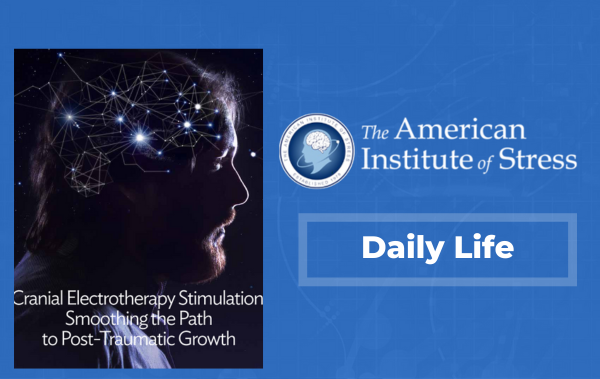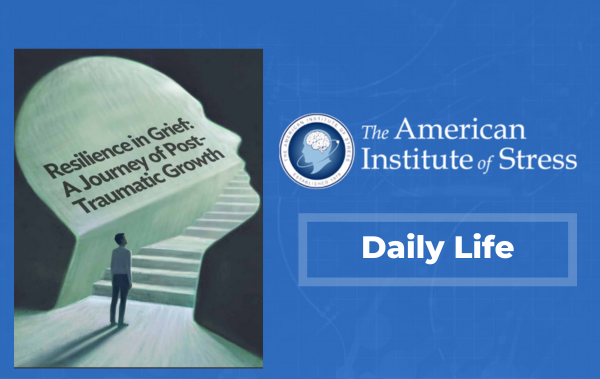A personal perspective: Slowing down improves your quality of life.
KEY POINTS
- Slowing down improves your quality of life.
- Slowing down can lessen both physical and mental pain.
- Practicing mindfulness will help you implement the suggestions offered here.

In my 21 years of living with chronic pain and illness, I’ve discovered that remembering to make the effort to slow down has several beneficial effects. It calms any mental stress I’m feeling, and it also tends to lessen my physical pain. I said “tends to” because, some days, nothing much helps my pain level. On those days, I have to be patient and call on self-compassion to see me through. (Self-compassion simply means being kind to yourself in any way you can).
Here are three ways I’ve learned to slow down and, as a result, improve my quality of life. I hope you’ll try these suggestions and see which ones work for you.
1. Decide how long you think it will take to complete a task, and then allot double the time to get it done—or even triple the time!
If you’re like me, you rarely get a task done in the time you put aside for it.
I recall a few years ago when I needed to prune back the lantana plants in my yard so they’d bloom nicely in spring. I always estimated that it would take about 15 minutes. (I erroneously seem to think almost everything will only take 15 minutes!) Realistically, pruning the lantana takes about 45 minutes. If I stay at it that long, my symptoms will flare and I’ll be “trashed,” as we call it in my household.
So, on the day I tackled the lantana, I didn’t double that 15 minutes, I tripled it and divided the task into three sessions. I pruned a third of the lantana on a Friday, a third on Saturday, and the last third on Sunday. Not only did I avoid a flare in my symptoms, but I enjoyed being outside three days in a row and had a lot of fun snipping away at the lantana little by little. (Thankfully, it’s a plant that doesn’t care if you have little skill at pruning).
2. Perform a task in slow motion.
You can perform almost any task in slow motion: brushing your teeth, making the bed, typing on a keyboard like I am now. This idea was inspired by a discovery I made in the 1990s while driving my 1985 LTD (a car that my kids dubbed The Big White Boat). I realized that driving my LTD on the freeway could actually be relaxing. All I had to do was stay in the slow lane. There was no need to pass cars because they were going as slow as I was. There was no one riding my bumper to get me to go faster, because it’s acceptable to stick to the speed limit when you’re in the far right lane (at least it was back then).
I’ve taken that “slow lane” mentality and applied it to other tasks by consciously doing them more slowly. That said, unless I’m vigilant, out of habit, I find myself moving quickly even when there’s no reason to hurry. When I become aware that I’m doing this, I take a deep breath, and slow down again. Becoming aware like this is a mindfulness practice. (Mindfulness simply means learning to pay attention to your present moment experience).
3. No multitasking (okay, less multitasking).
Korean Zen master Seung Sahn liked to tell his students: “When reading, only read. When eating, only eat. When thinking, only think.” In other words: no multitasking. I’ve discovered that it’s hard to break the multitasking habit; it can feel analogous to an addiction at times. Again, mindfulness practice helps because consciously paying attention to your present moment experience can show you that you’ve been engaged in multiple tasks without realizing it. Once you see this, you can choose to do one task at a time if it’s appropriate, given the circumstances of the moment.
Not multitasking is essential for me because too much sensory input can set off an intensification in my symptoms. I think of myself as a recovering multitasker.
These three tips can enrich your quality of life, regardless of the state of your health. I hope that, in reading this piece, you allotted twice the time you estimated it would take!
Note: The theme of this article is expanded on in Chapter 8 (“Tools for Sharpening Your Mindfulness Skills”) of my book, How to Wake Up: A Buddhist-Inspired Guide to Navigating Joy and Sorrow.
References
These two pieces might also be helpful: “Six Benefits of Practicing Mindfulness Outside of Meditation” and “How to Ask for Help”





